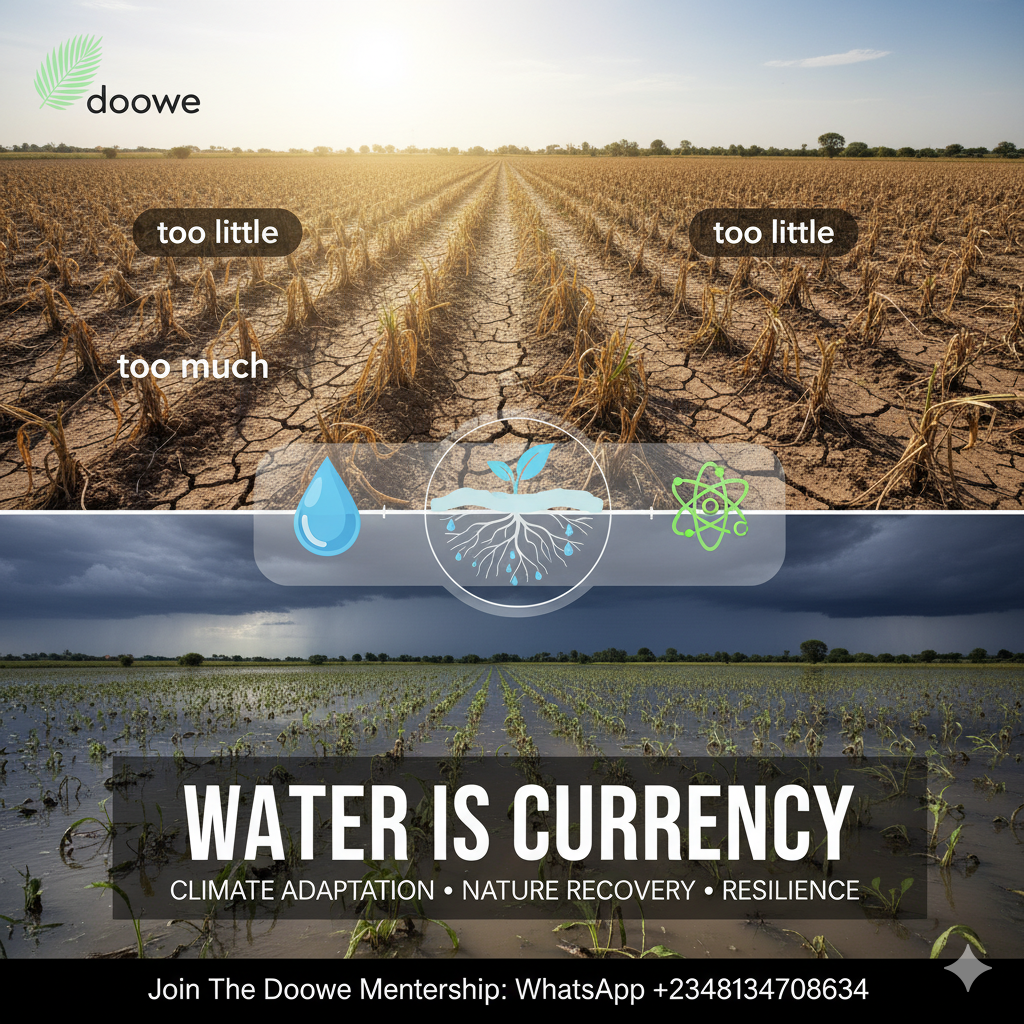
The new normal?
There’s been a subtle shift amongst UK land managers in recent years, away from climate mitigation and towards climate adaptation.
A growing realization that global heating has already completely changed our climate and that this change is accelerating has focused minds on solutions to (now frequent) weather-related problems.
Where I work, in the East of England, autumn 2023 into winter 2024 was one of the wettest periods this region has ever endured. 2025, by contrast, saw the driest spring in over 100 years, ushering in a prolonged summer drought.
This is the new normal: ping-ponging between extremes. Except ‘normal’ implies an element of stasis, like the current climate is where we will remain. In fact, this is just one step on an escalator of accelerating change, which will only settle into a new equilibrium when the Earth’s energy budget begins to balance.
So people have to adapt. They realise that now. For all the media attention that focuses on skepticism around net zero policies, there is almost no-one who denies the reality on the ground.
In a warmer, more volatile world, water’s importance becomes clear. There is either too much, too little or it is too dirty to be usable, so our management needs to adapt and engender systems that provide greater resilience to all these extremes. For climate adaptation, water is the currency of value.
The good kind of regulation
This is where Nature comes in. Nature is the great regulator of planetary cycles, including both carbon and water, and working with natural processes allows land managers to encourage and augment attributes like water storage and carbon sequestration.
Take soil, which increasingly is being thought of both as an asset and an ecosystem in its own right. When managed well, soil can act like an enormous sponge, storing vast amounts of water during times of heavy rainfall and releasing this slowly when conditions are drier. Healthy soil provides resilience at both ends of the spectrum.
There are also important synergies with greenhouse gases here, as it is robust stocks of organic carbon in the soil, which enable it to hold more water. It’s climate adaptation and mitigation at the same time.
One of the best ways to improve soil health is to encourage natural processes, such as revegetation, succession and naturalistic grazing, while removing harmful pressures such as chemical fertilisers and artificial drainage. All of these interventions are things that Doowe does in our efforts to enable process-led Nature recovery on the land we manage.
Productivity versus resilience
In land management, the dominant paradigm for the last 50 years has been one of economic rationalisation. Land has been treated like a high-performance athlete, fine-tuned and plied with chemical supplements to maximise the yield of a chosen commodity. But that approach is starting to breakdown due to climate instability.
This year’s poor harvest is a case in point (too dry) and follows the third-worst harvest on record last year (too wet), and the worst on record in 2020 (too wet, then too dry).
As a result, it no longer makes sense to think of productivity without taking resilience into account because you can’t grow crops from parched soil or harvest a field that is underwater.
Instead, any desire for productivity should focus minds on local and regional resilience to different shocks. Maybe it is now economically rational to turn greater swathes of the uplands over to peatland restoration and other forms of nature water storage? Maybe farmers should be paid to increase soil infiltration on their land, especially the bits that don’t produce as much food. Maybe economic rationalisation is no longer rational?
Nature as critical infrastructure
Of course, in any quest for resilience we shouldn’t be looking for water to be the new carbon because this isn’t a zero-sum game we’re playing. Instead, we should think of it as a sister currency. Water is for climate adaptation what carbon is for mitigation and both are essential.
When we appreciate this fact, that we need our land to deliver multiple outcomes, Nature’s role as critical infrastructure becomes clear. Having large, connected swathes of land that is restored for Nature doesn’t just help biodiversity or provide green spaces and refuges of wonder for people, it has a value that can be measured in carbon, water and economic resilience as well.
By any measure of productivity, Nature recovery as a land use delivers in spades. As resilience becomes more and more important to safeguard economic growth, restoring large, connected swathes of the countryside will be essential.
So we should be channelling investment into Nature recovery now, including climate-related investments for both mitigation and adaptation. When we invest in Nature, it doesn’t matter if water or carbon is the metric of success, because either will show that it is money well spent.
Join The Doowe Mentorship Access By Doowe investment limited
Annual Access – DooweGas Mentorship WhatsApp Group
Unlock premium, year-round access to our exclusive community of serious gaspreneurs and experts.
What You Get:
Business insights from seasoned operators
Live Monthly Sessions: With industry leaders and DooweGas experts
Sales Strategies: Learn how to scale bulk sales, B2B, and cylinder tracking
Business Support: Ask questions, get feedback, and learn from real gaspreneurs
Group Referrals: Connect with reliable vendors, customers, and suppliers
Private Group Access: 24/7 interaction and guidance from mentors and alumni
How To Join And Take Advantage Of This Opportunity:
Send your questions and enquiries to: WhatsApp number – +2348134708634.
Source: www.carbonherald.com